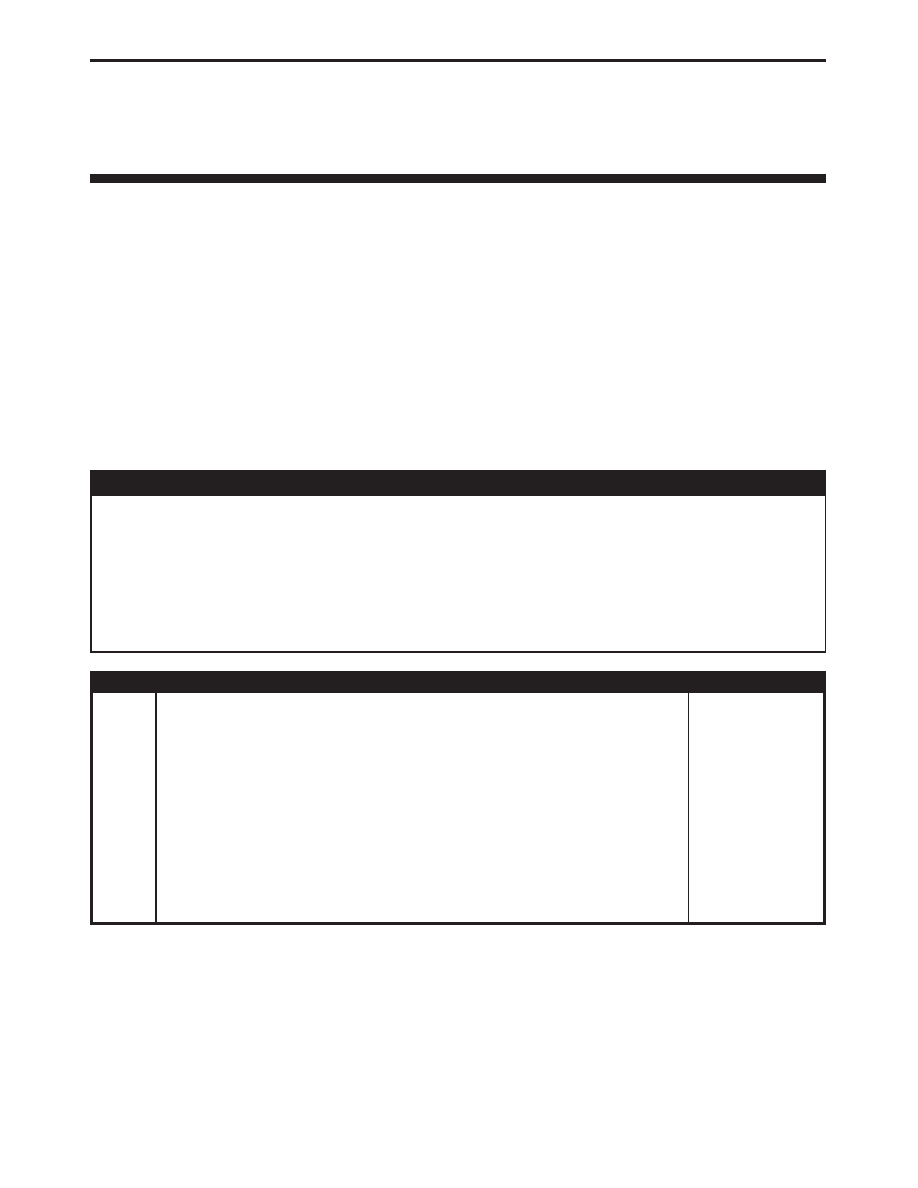Jeep Wrangler TJ. Manual - part 108

Symptom:
P0455-EVAP SYSTEM LARGE LEAK
When Monitored and Set Condition:
P0455-EVAP SYSTEM LARGE LEAK
When Monitored:
Engine Running. Cold start test. Fuel Level greater than 12%. Ambient
Temperature between 4°C and 32°C (39°F and 89°F) Close Loop fuel system. Test runs
when small leak test is maturing.
Set Condition:
The PCM activates the EVAP Purge Solenoid to pull the EVAP system into
a vacuum to close the NVLD swtich. Once the NVLD switch is closed, the PCM turns the
EVAP Purge solenoid off to seal the EVAP system. If the NVLD switch reopens before the
calibrated amount of time for a Large leak an error is detected. Two Trip Fault.
POSSIBLE CAUSES
GOOD TRIP EQUAL TO ZERO
INTERMITTENT CONDITION
VISUAL AND PHYSICAL INSPECTION
VERIFY EVAPORATIVE EMISSION SYSTEM LEAK
EVAPORATIVE EMISSION LEAK DETECTION
EVAP PURGE SOLENOID OPERATION
TEST
ACTION
APPLICABILITY
1
Check for any related TSBs before continuing.
NOTE: Since a hot vehicle can conceal a leak, it is best to perform this test
at room temperature.
NOTE: A loose gas cap could have caused this DTC to set. Make sure gas cap
is tight and in good condition. Ensure the gas cap meets OEM specifications.
Ignition on, engine not running.
With the DRBIII
t, read DTCs and record the related Freeze Frame data.
Is the Good Trip Counter displayed and equal to zero?
All
Yes
→ Go To 2
No
→ Refer to the INTERMITTENT CONDITION Symptom (Diagnos-
tic Procedure).
Perform POWERTRAIN VERIFICATION TEST VER - 6.
157
DRIVEABILITY - NGC